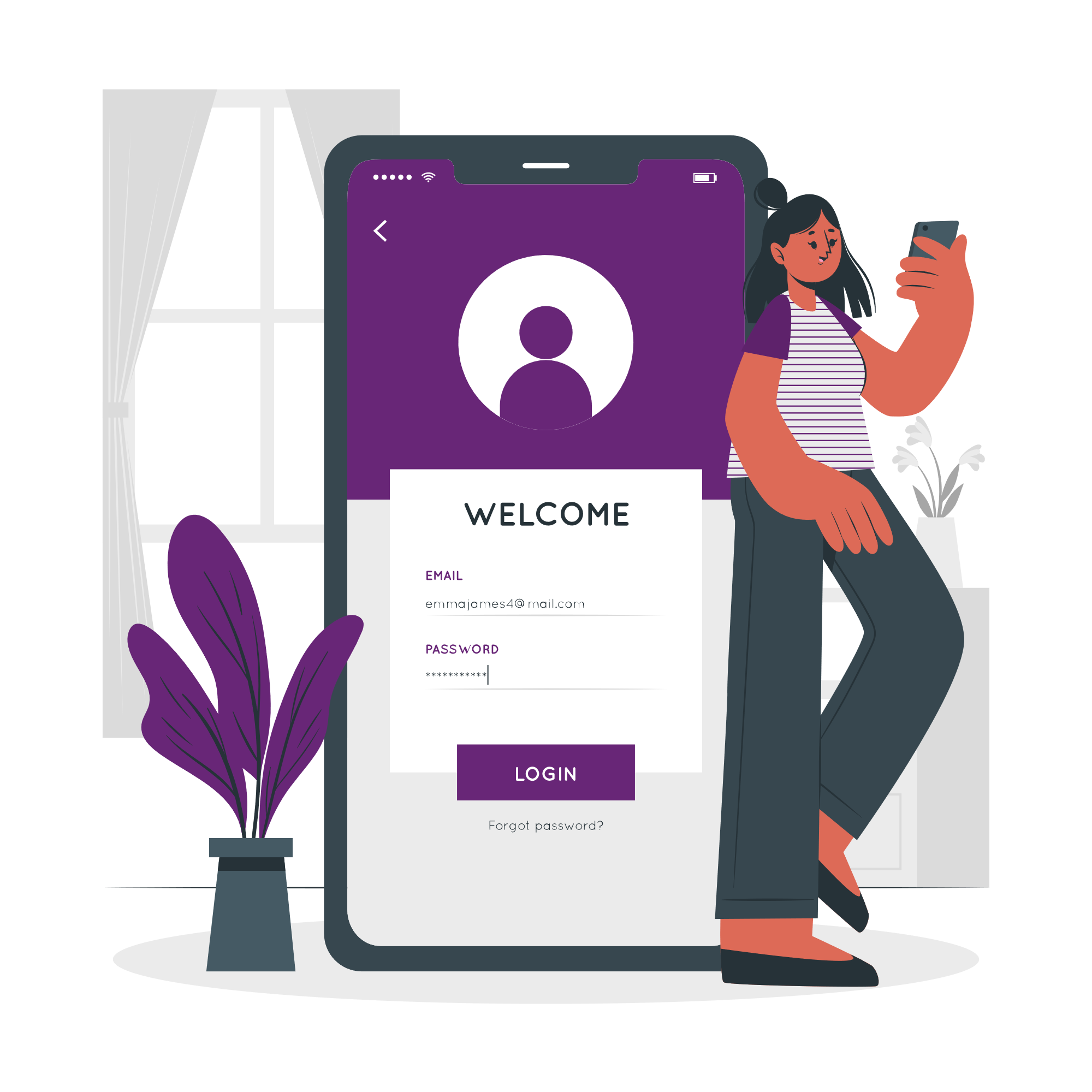Making Tax Digital (MTD) requires a dramatic shift in how accountants and their clients process financial information – both mindset and operations need to change to make MTD work in an efficient, profitable way. It’s time to shake off the shackles of being chained to legacy systems in a time where digital taxation is innovating to keep pace with other industries revolutionised by tech.
Accountants and clients need to start thinking in digital terms…
Piecemeal, analogue processes risk holding both firms and clients back in an MTD age.
For example, MTD will lead to more frequent HMRC submissions, which means accountants will be under pressure to maintain margins while delivering 4 times the work. There’s also the mental and operational load associated with juggling the added admin and deadlines. Accountants need an easy way to keep track of what’s going on at a client level, as well as have visibility across clients and the firm.
This means taking manual elements out of processes and automating as much as possible. From deadline management to 64-8 filing, systems need to be slick to stay on top of compliance. Shoeboxes of receipts won’t wash because of more frequent digital returns, so there needs to be an easy way to process expenses regularly. Similarly, there needs to be real-time information on invoicing and payments, accessible both to clients and accountants.
As a result, digitally centralising information and communication is key to efficiency within MTD requirements.
…And accountants need to be in the driving seat
Be in control of both processes and information flow. This can be a challenge (even before you add MTD to the equation) because it’s easy for firms to take a piecemeal approach to technology. For example, it’s common to use spreadsheets for deadlines and tasks, have cloud-based document storage and use an email and calendar system. Then there’s separate software for tax, bookkeeping and payroll.
And not much is joined up. As a result, spreadsheets require constant updating as tasks are added and completed. There’s continual monitoring for changes to HMRC and Companies House requirements to ensure ongoing compliance. Each accountant within the firm has their own filing system for documents and emails. Files are copied from email to desktop to cloud storage, processes which are both manual and prone to human error.
All of this means that client management can require trawling through email archives, making phone calls and chasing down information. There’s a lack of efficiency and control – which many people often don’t recognise because it’s ‘what we’ve always done’. However, the added burden of MTD means the technology approach needs to be streamlined, integrated and user-friendly, and firms will struggle if they don’t adapt.
The future is to become a ‘connected accountant’
We’ve been talking to more and more accountants about this idea because it’s a useful way to make life as easy as possible with MTD looming.
The ‘connected accountant’ has integrated systems so processes flow faster. Data moves automatically through bookkeeping, payroll, accounts, tax and practice management. That way all deadline, task and client information is handy at your fingertips.
Then there’s the client management aspect, because with MTD accountants need to be in regular contact. The connected accountant has a collaborative digital environment that connects them to clients with real-time information sharing. Clients can use a dedicated, mobile-friendly website to review returns and sign documents, so they don’t have to process too many emails. They can use a mobile app to photograph receipts – essentially a digital shoebox instead of a physical one. And there’s a mechanism for accountant and client to see the current status of everything from invoices to return submission, so there’s less chasing for information on both sides.
And it all plugs seamlessly into the accountant’s internal systems, minimising what needs to be done manually and reducing the risk of human error.
A foundation for growth – and competitive advantage
Being a truly connected accountant makes it easier to work proactively on behalf of clients, so you add more value. Thus, instead of MTD introducing friction into processes, it empowers clients as much as accountants. Both sides can spend less resource on admin and have more time and data to think strategically about how to move businesses forward in light of additional, MTD-driven requirements.
And with just months to go before MTD goes live in April 2019, now’s the time for accountants to start getting connected.







